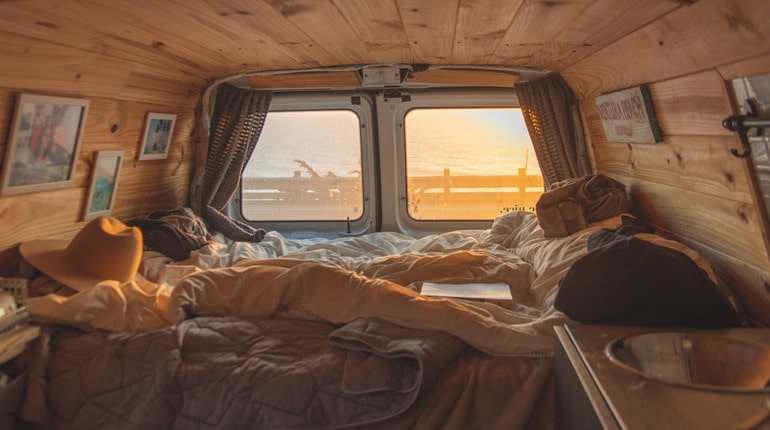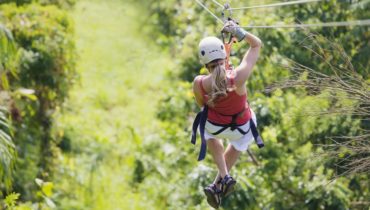The United States is home to 330 million people, and most choose to live a conventional life in a single-family home, mobile home, or apartment. Despite this conventional way of living, 6% of the population choose to live less traditionally – choosing boats, RVs, and vans as housing alternatives.
Why Choose Alternative Housing?
There are many reasons why individuals choose to live a more nomadic lifestyle. One of the most important determinants is that of financial freedom. It can cost significantly less to live in these small homes, with less maintenance and lower monthly fees. In order to ensure these more fiscally beneficial savings, the person must be more financially aware.
This financial responsibility allows people to travel more – they get to spend more on experiences than things. As a smaller space demands less accumulation of objects, there is a greater awareness of unnecessary consumption. This is an added benefit for individuals that choose this lifestyle, as they are more environmentally conscious.
Other benefits to this unique living situation include that of community. Social media has helped to expand an individual’s community to connect with more like-minded individuals. Some even choose to live in small communities!
Boats
Over 10 years ago, only 30,000 people in America lived on boats. That number has increased significantly, with between that 50,000 to 100,000 individuals currently living aboard boats!
Some people embrace the unique living situation, traveling from port to port and making their home their traveling office as well. Not all individuals are able to transition their whole life to the water, but instead choose to leave their boat during the day to travel to their office.
The benefits and disadvantages of boat life should be weighed before jumping in. Many note that marina costs can be expensive, and it may be difficult to find one that allows for full-time living. Fortunately, the 15% of marinas that allow for liveaboards recognize the additional security provided; with well-lit boat lights and more eyes on the marina, it is easier to dissuade any mischievous individuals.
RVs
Much like living on a boat has become less stigmatized, living in an RV is also gaining popularity. While the average American spends over $2,000 on their mortgage alone, depending on the area where they live, the average RV dweller can expect to pay anywhere from $1,600-$5,000 per month for everything. This includes maintenance, RV payments, groceries, RV park or campground fees, and any other necessities. On average, this is cheaper overall than the cost of living in a single-family home.
Additional benefits that living in an RV full-time affords is the versatility of traveling all over the country, exploring the great outdoors, traveling with the climate, and embracing a more carefree and sustainable lifestyle.
Vans
Vans tend to be a smaller version of the RV but are easier to maneuver. You can take them practically anywhere and drive for long distances. Due to the smaller nature of a van, it is often single individuals or couples without children that choose a van for full-time living. Due to most vans being conversions, it can be easier to customize to your preferences.
Unlike an RV, a van has significantly less storage and living space. While this may be a disadvantage for some, others choose to focus on the positive and embrace more opportunities to explore nature.
Conclusion
Whether an alternative and nomadic lifestyle is appealing to you or not, the increasing number of people choosing such is unique. Many individuals are embracing the nomadic lifestyle, especially individuals sick of the traditional 9-5 grind.



